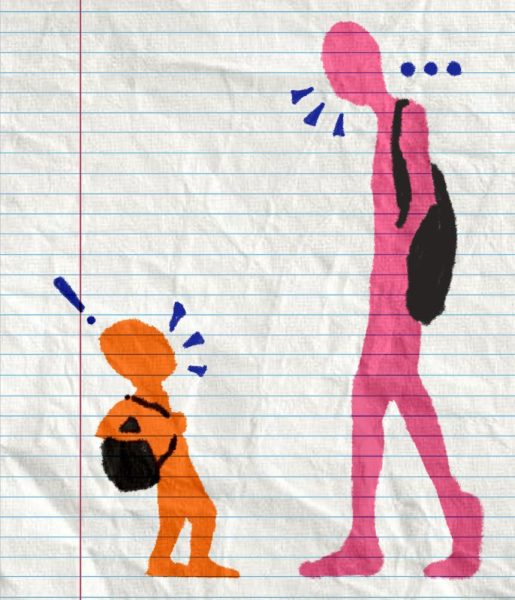Magnus Carlsen outshines Fabiano Caruana to retain chess world championship title
November 28, 2018
With unnerving pressure on Magnus Carlsen’s back, he approached the World Chess Championship with the majority of chess fans believing he would get dethroned by the new challenger, Fabiano Caruana. Carlsen had defeated Viswanathan Anand in 2013 to gain the title of world chess champion and has been successful in keeping it over the last 5 years. Upon entering the match, Caruana was the first American Grandmaster to challenge the world champion since Bobby Fischer in the 1970s. With avid chess fans watching from all over the world, the long awaited matchup between the top two rated classical players in the world did not disappoint, with both of them performing like computers throughout the majority of it.
Upon entering the first game, Carlsen demonstrated the reason why he had held the title for five years, opening with the highly unexpected Sicilian Defense as black and getting an early advantage. As the stakes of the match were ingrained into Carlsen’s head, he started to quiver and hesitated to convert, resulting in the first game being drawn. The following 11 games ended with similar results, all of which ended in dramatic draws.
Game 5 of the series illustrated Caruana’s intricate preparation through his opening surprise: b4 early in the opening. Caruana used this theme of controlling the queenside in his future games during the match, challenging Carlsen’s Sicilian legitimacy. Caruana began to use his newly formed ideas to gain advantages in the latter games, as he introduced new novelties to the game involving the idea of controlling the b6 square with all his minor pieces, pushing forward with a4 and a5, and nesting his knight on the b6 square.
No matter how much Caruana pressed for wins later in the series, Carlsen’s defense was immense, as can be seen by the depth in his calculation during game 5, where he survived Caruana’s attack while being down a piece. His previous beliefs that fortresses should not be used in chess were negated after this game, as he pressed forward and drew the nearly lost game, utilizing an impenetrable fortress.
With the series coming to a close, and in the last game of classical time control, Carlsen took control with the black pieces and began to dominate the queenside. 31 moves into the game, Carlsen surprisingly offered his hand for a draw and with Caruana returning the favor almost immediately, the pair were to play in a tiebreaker to decide who would be the world champion.
After the game’s close, Grandmasters and novices alike criticized Carlsen for his abrupt draw offer, emphasizing that the win was near and that he did not go for the win simply because he had better odds in the tiebreaker. The end of the classical section led to the two facing off in the rapid section, where Carlsen was able to prove his superiority.
With over a 100 point rating gap between the two players, Caruana came into the tiebreaker with the entire chess fanbase assuming that he lost his chance to attain the title because he could not best Carlsen in the classical section. Carlsen opened the first rapid game as white and, without giving Caruana any chances, took down the challenger swiftly leading to a 1-0 start for the Norwegian Grandmaster. With all chess players glued to their analysis screens for game two, Caruana opened and could not outplay Carlsen, resulting in another loss and a 2-0 start for Carlsen. Caruana needed a win in the next games; if Carlsen reached 2.5 points, he would retain the championship title. The last game brought much attention to Carlsen’s abilities in a rapid time control, as he dominated Caruana, gaining a passed pawn on the c-file to end the series with a 3-0 sweep. With this final victory, Carlsen prevailed over Caruana in the two week match, retaining his world championship title and his status as the best chess player in the world.











